
From Garage Collective
The following is an early draft of the introduction to my paper on Philip Josephs and early anarchism in New Zealand. It's likely to change over time, but I post it to a) reassure the IAS that I'm on track, b) because others may be interested, and c) to get some feedback.
Philip Josephs—a Latvian-born Jew, recent arrival to New Zealand by way of Scotland, and self-proclaimed anarchist—took to the floor of the Wellington 1906 May Day demonstration amidst orchestral outbursts and a flurry of motions. ‘This meeting,’ moved Josephs, ‘sends its fraternal greetings to our comrades engaged in the universal class war, and pledges itself to work for the abolition of the capitalistic system and the substitution in New Zealand of a co-operative commonwealth, founded on the collective ownership of the land and the means of production and distribution.’1 The motion, as well as highlighting his involvement in the radical milieu of New Zealand’s capital, conveys the key concepts of his anarchism—internationalism, mass collective action, and socialism.
[Good thing about the update. ML & CM were about to come after you with baseball bats]
However if one were to form an understanding of anarchism based on the newspapers of the day, or from the accounts of New Zealand’s labour movement by certain historians, a very different conclusion would be drawn. On the rare occasions it is mentioned, anarchism is used hysterically by the press to denounce or decry; by labour leaders in order to show the fallacy of their opponent’s positions; and by Labourist historians to symbolise wayward ideas or acts of extremism—painting a nightmarish picture of anarchist practice in the vein of Chesterton’s The Man Who Was Thursday.2 ‘Gods Own Country is not safe from the vagaries of the person who believes in the bomb as opposed to argument,’ bellowed the Marlborough Express in 1907.
Although highly exaggerated, the Express article contained one truth. God’s Own Country—the ‘workingman’s paradise’ that was New Zealand in the early years of the twentieth century—had anarchists in its midst. To describe this small number as a coherently organised movement would be another exaggeration, but nonetheless, those that subscribed to anarchism in New Zealand were a valid part of the labour movement, imparting uncredited ideas and influence. Unfortunately these radicals have fared badly in labour historiography—even more so than their communist counterparts who, at least, are mentioned, even if they are ‘frequently dealt with by a very brief, generally dismissive, characterisation, often little more than a caricature.’3 New Zealand anarchists and their commitment to social change deserves more than the relative silence that currently represents their struggle.
Indeed, the only work on anarchism in New Zealand during the turbulent teens is the indispensable 32-page pamphlet ‘Troublemakers’ Anarchism and Syndicalism: The Early Years of the Libertarian Movement in Aotearoa/New Zealand, by Frank Prebble. Drawing on snippets of primary and mainly secondary sources, his research was pioneering in that it was the first specific work on anarchism—highlighting a definite strand of libertarian praxis in New Zealand that has been overlooked. Yet as Prebble notes in the introduction, ‘this pamphlet is not complete, much of the information is very fragmentary and a lot more work needs to be done.’4
Apart from the small number of its adherents, one of the reasons that early anarchism in New Zealand has been understudied and why further research is difficult, is due to the lack of historical records:
a great deal of material has simply been lost due to the transitory characteristics of events. Those who were active in personal discussions and other forms of activism in their dynamic, often convulsing, and ever changing world often did not see the need or lacked the literacy to be able to document their ideas… what is left as source material are the thoughts only of those who were literate, who spoke loudly enough to be documented by others, or who wished to make themselves heard in a more durable way.5
Another factor that has limited past anarchist historiography is the tendency to view its subject/s solely within national boundaries. Anarchism was a transnational movement—built upon global economic integration and both formal and informal networks crossing national lines.6 When framed within geographical limits anarchism in New Zealand certainly appears submerged in a sea of ‘pink’ socialism, even insignificant. Yet a transnational lens allows New Zealand anarchists to be viewed as part of a wider, international movement, spurred on by transoceanic migration, doctrinal diffusion, financial flows, transmission of information and symbolic practices, and acts of solidarity.7 The role of New Zealand anarchism, both in the New Zealand labour movement and its own international movement, increases in scope when placed in such a context.
With that in mind, and by drawing on work by Constance Bantman and others,8 this contribution will explore early anarchism in New Zealand through a biography of one of its key players. The transnational nature of anarchism in the period between its emergence in the workers movement of the late 1860’s, and the interwar years, can be seen in the migration and activity of Philip Josephs (1876-1946). His sustained activism, whether from the soapbox or through the mailbox, and his involvement in the class struggle that swept through New Zealand prior to the First World War, makes Josephs one of New Zealand’s most important and pioneering anarchists.
As well as providing previously scarce biographical information on Josephs, I hope to convince the reader of three main claims. Firstly, before the arrival of Josephs in New Zealand the ‘broad anarchist tradition’—defined by Schmidt and van der Walt as a revolutionary form of libertarian socialism against social and economic hierarchy (specifically capitalism and the state), in favour of international class struggle and revolution from below in order to create a self-managed, socialist, and stateless social order9—had next to no organised presence. There were anarchists and anarchist ideas in New Zealand before Josephs, but it was his activity within the New Zealand Socialist Party and later through his formation of New Zealand’s first anarchist collective, The Freedom Group, that ensured a level of organised anarchism previously absent from the wider labour movement.
The second point is one of legitimacy: anarchism was a valid part of the New Zealand Labour movement—directly through the activity of Philip Josephs, or indirectly due to anarchist ideas. Although often missing from the indexes of New Zealand labour histories, anarchism was ‘more influential than most have realised.’10 The anarchist communism of Josephs reflects the rejection of violent individualism (propaganda by the deed) and the move back to the labour movement taken by the majority of anarchists in the late 1880’s. His support of syndicalist class struggle and the general strike, and his activity alongside the local branches of the Industrial Workers of the World (IWW) typifies the relationship of anarchism with revolutionary syndicalism. Indeed, if one went so far as employing Schmidt and van der Walt’s definition of syndicalism being a variant and strategy of the broad anarchist tradition, the era of the New Zealand Federation of Labor (the ‘Red Feds’) of 1908-1913 can be seen in a whole new light.11
Finally, the New Zealand anarchist movement, and Josephs in particular, was rooted within the international anarchist movement. Josephs’ birth in Latvia, his radicalisation in Glasgow, Scotland, and his almost two decades in New Zealand before leaving for Australia highlights the transient nature of labour; while his distribution of international anarchist literature, and personal networking with overseas revolutionaries and groups such as Freedom (UK) and the Mother Earth Publishing Association (USA), illustrates the doctrinal diffusion and sharing of information so vital to informal, intercontinental anarchist networks. This sharing went both ways: Josephs’ activities, the bankruptcy of state-socialist legislation, and accounts of the 1912 Waihi Strike in New Zealand popped up on the pages of various anarchist journals abroad, lending weight to the notion that:
anarchism was not a Western European doctrine that diffused outwards, perfectly formed, to a passive ‘periphery.’ Rather, the movement emerged simultaneously and transnationally, created by interlinked activists on many continents—a pattern of interconnection, exchange and sharing, rooted in ‘informal internationalism.’'12
Josephs personifies
the interlinked activist, operating within a small local scene but with an eye
towards international events and developments. As a result, anarchism took hold
in New Zealand—the Freedom Group of 1913 being the first of many anarchist
collectives to play a vibrant part in the history of the New Zealand left.
1 Evening Post, 7 May 1906.
2 G.K. Chesterton, The
Man Who Was Thursday, J.W. Arrowsmith
Publishing: London, 1908.
3 Kerry Taylor, ‘Workers
Vanguard of People’s Voice?: the Communist Party of New Zealand from Origins to
1946’, Thesis, Victoria University of Wellington, 1994, p. ?.
4 Frank Prebble, “Troublemakers” Anarchism and
Syndicalism: The Early Years of the Libertarian Movement in Aotearoa/New
Zealand, Libertarian Press, 1995.
5 Rob Knowles, Political Economy From Below: Economic
Thought in Communitarian Anarchism, 1840-1914, Routledge, 2004, p. ?.
6 Steven Hirsch & Lucien van der Walt, ‘Rethinking
Anarchism, Syndicalism, the Colonial and Postcolonial experience’ in Hirsch
& van der Walt (eds.), Anarchism and Syndicalism in the Colonial and
Postcolonial World, 1870-1940: The Praxis of National Liberation,
Internationalism, and Social Revolution,
Brill, 2011.
7 Ibid., p. Ii.
8 Constance Bantman, ‘The Militant Go-between: Emile
Pouget’s Transnational Propaganda (1880-1914)’ in Labour History Review, 74(3),
2009, p. 274-287; David Berry & Constance Bantman (eds.), New
Perspectives on Anarchism, Labour and Syndicalism: The Individual, the National
and the Transnational, Cambridge
Scholars Publishing, 2010; Marcel van der Linden, Transnational Labour
History: Explorations, Ashgate, 2003.
9 Michael Schmidt & Lucien van der Walt, Black
Flame: The Revolutionary Class Politics of Anarchism and Syndicalism, AK Press, 2009, p. 71. ‘Red Feds’ explanation if not
mentioned later in the text.
10 Eric Olssen, email to the author, 20 August 2010.
11 Schmidt & van der Walt, Black Flame.
12 Hirsch & van der Walt, ‘Rethinking Anarchism’, p.
Iiv.
http://garagecollective.blogspot.com/2011/11/early-anarchism-in-new-zealand.html



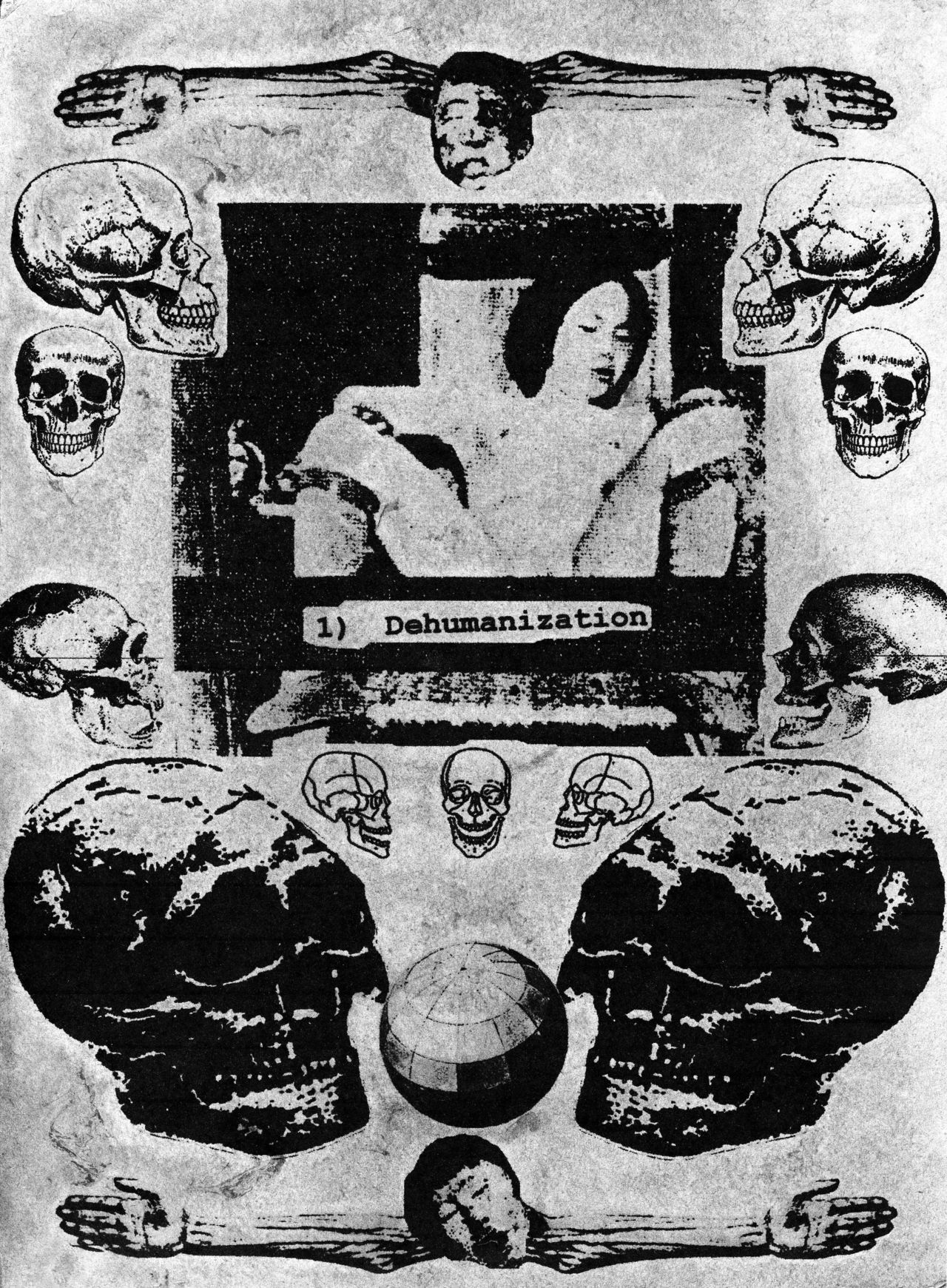



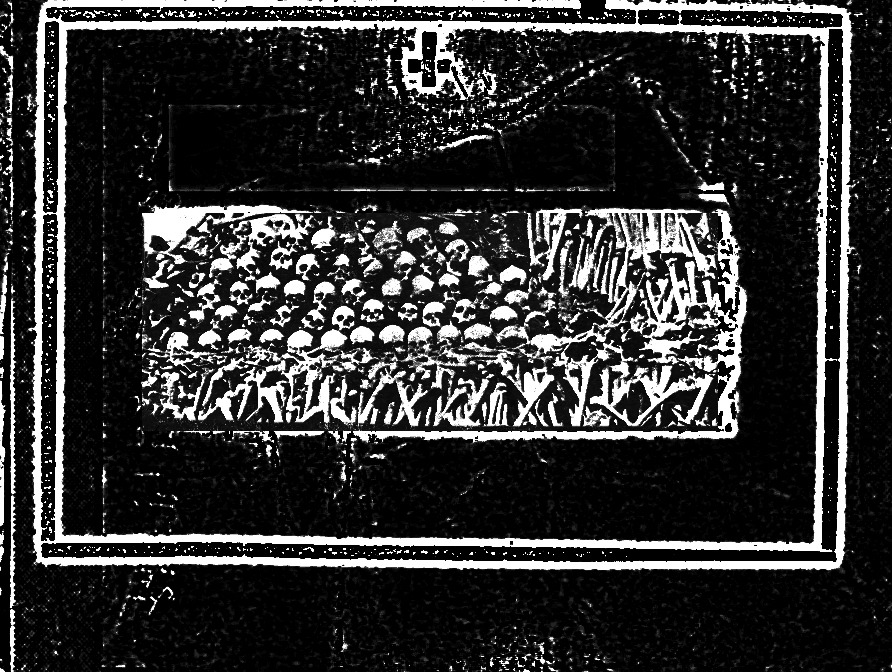
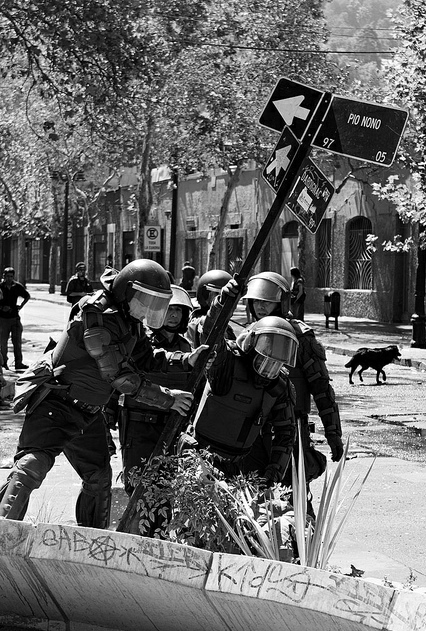





![Eurorepressione - Sulla conferenza a Den Haag sul tema "Anarchia" [corretto]](http://25.media.tumblr.com/tumblr_m0jvngOXtY1qa2163o1_1280.jpg)
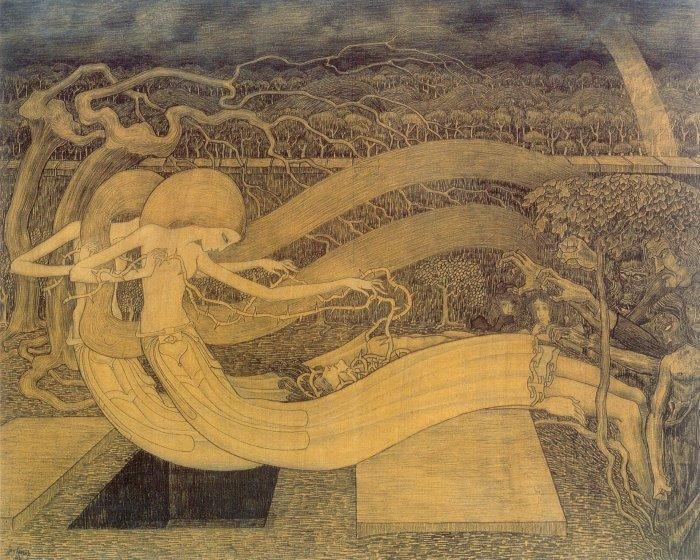

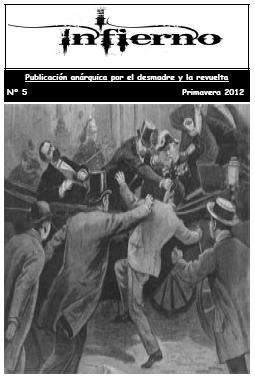
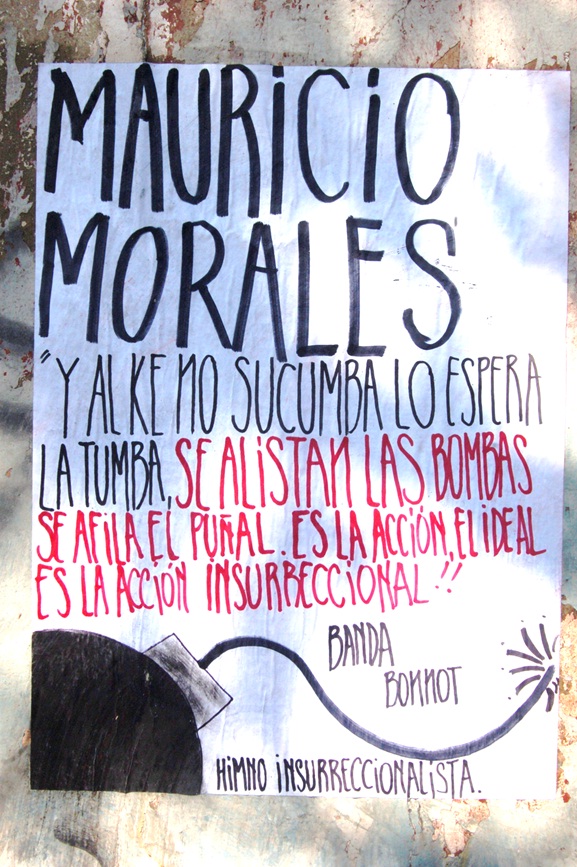
![A tres años de la Partida de Mauricio Morales: De la Memoria a la Calle [Stgo.]](http://metiendoruido.com/wp-content/uploads/2012/05/mmacividad.jpg)
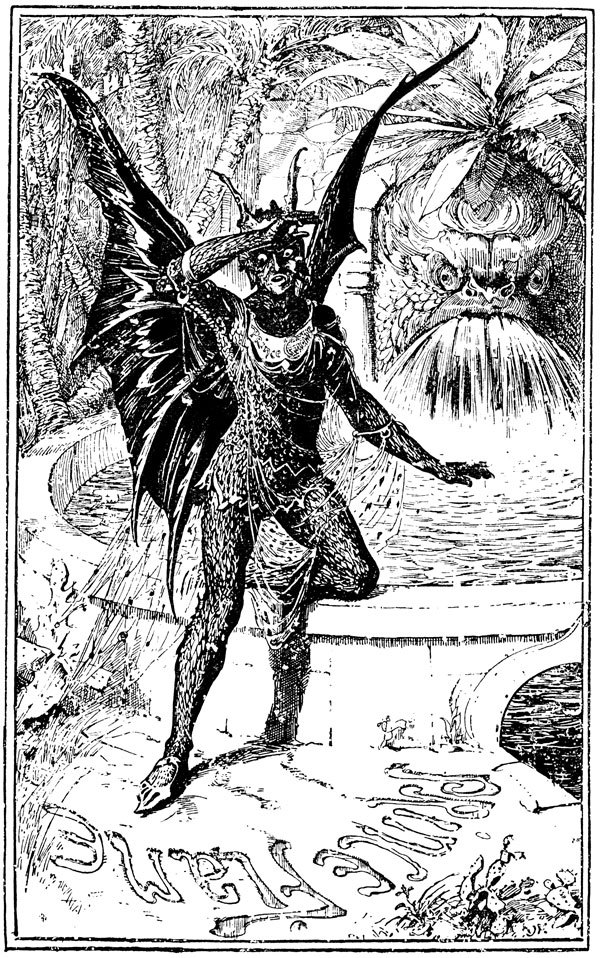




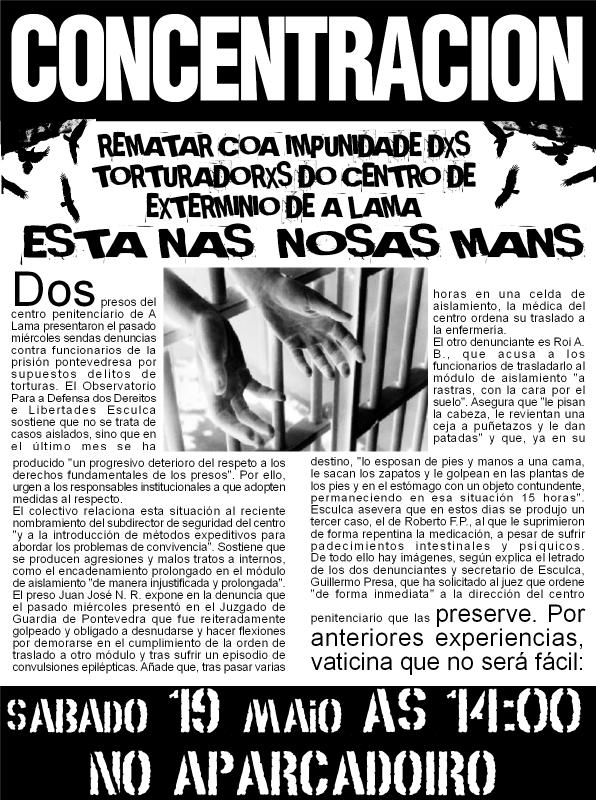













Nessun commento:
Posta un commento